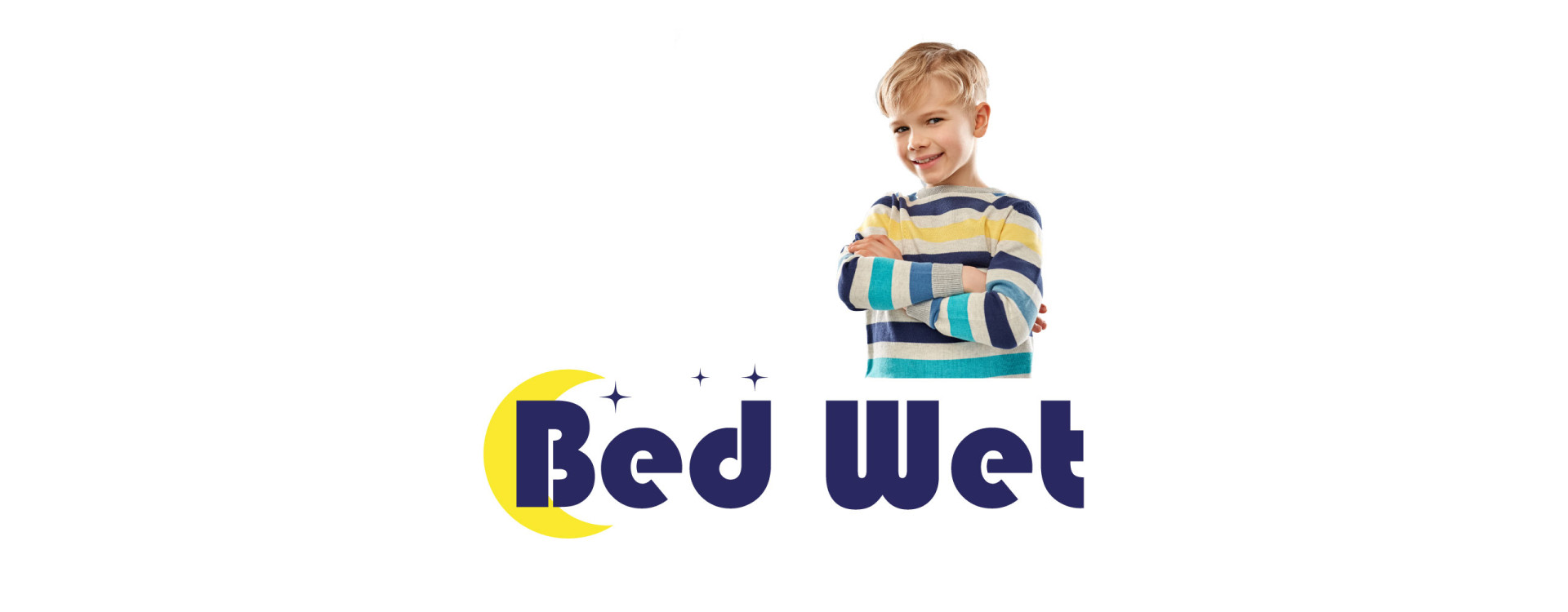What are routines and rituals?
People with autism attach a great deal of importance to routines and rituals. They find it reassuring to know what is going to happen and how it is going to happen. In this way, they experience less uncertainty. However, in certain situations, routines and rituals become such a priority that they are detrimental to the person with autism and those around them.
Routines and rituals are an important part of life for most people with autism. They serve a purpose.
Anticipate what is going to happen
Reducing anxiety
Structure the day
Reduce uncertainty
Providing a sense of security
Reassuring
Routines and rituals can affect all sorts of areas of everyday life.
Mealtimes
Hygiene
Leaving for work or school
Organising possessions
Sometimes rituals are more complex, take up more space and require more time.
Performing exactly the same series of actions in the same order without deviating from it
Respect the precise sequences of a game or activity
Although routines and rituals can be a great help and will promote a certain stability in the life of a person with autism, if they are taken to extremes, they can hinder the person's development and cause harm to him or her and those around him or her. It is a good idea to incorporate the unexpected into the routine, so that even if the structure usually remains the same, it is possible to cope with a few changes when necessary.
Pictograms
Pictograms are small images placed next to each other to indicate how the day will unfold. One of these images is a yellow triangle with an exclamation mark inside. Some people call it the life-saving triangle. This triangle lets the autistic person know that the forecasting line has been temporarily broken, that something unexpected is happening. The person can then understand that when the triangle is removed, the situation will return to normal. Not all autistic people use pictograms, but the rarity factor and the fact that the unexpected event is temporary can help autistic people to cope better with it.
The unexpected
The unexpected can happen. Many autistic adults prepare for them by preparing as many disaster scenarios as possible, so that they can react better if the situation arises. A person with autism who constantly experiences a large number of unexpected events could see his or her mental state and abilities deteriorate, as this can lead to great psychological distress.
Compromises
Compromises are sometimes a break with routine. It's best to take your time and avoid demanding rapid change from the autistic person, unless it's really necessary. A no can become a maybe and eventually a yes if the person can gradually assimilate the information related to the change.
Balance
The watchword here is balance. Yes, in autism, routines and rituals must be favoured, we know their beneficial effects on the feeling of security felt, but we must keep a small margin of manoeuvre for flexibility so as not to avoid any possibility of change or adjustment. It is therefore important to respect routines and rituals in autism, as long as this does not put the person or those around them in danger.
Respect
Routines and rituals are not a universal solution for autistic people. It is essential that those close to people with autism take account of their individual needs. By working together, autistic people and their carers will be able to approach routines and rituals in a way that respects each person's needs.









Latest comments